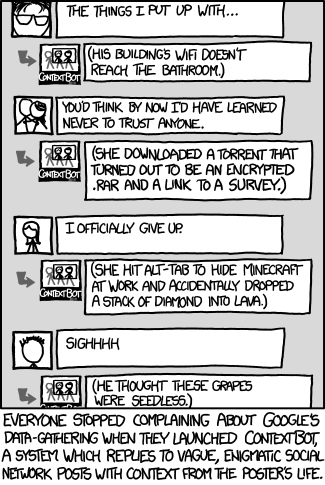My project is finished.
Here it is (PDF).
It was an MA project and so was externally marked. I’ve been waiting nervously by my inbox for several weeks.
Feel free to read it. Or not. It represents a significant amount of time and thought for me, and a huge amount of sacrifice for Robyn, and others who love me and let me spend hours reading, writing, and editing. I do think it’s of value for more than just me, and it has certainly become somewhat paradigmatic for how I read the Bible, how I’ll teach it, and how I understand our task as communicators.
Writing this project almost did me in. I still have profound writer’s block. I’m still mentally exhausted. The thought of sitting at the keyboard and writing anything else still hurts a little. It’s fair to say I was a little too invested in this task.
I should also mention here, given this is my soapbox, that I’m exceptionally proud of Robyn (my wife, for context), who finished her own Masters project, and thus her M Div in the last few weeks. She is amazing. And she did it while heavily pregnant and chasing our 18 month old daughter around. I do have lots to be thankful for.
I’ll be posting some reflections on what this project contains in coming days. Once I recover from the ego-crushing soul-destroying heartbreak of reading the marker’s comments, and having the idol that was mine own writing crushed into powder and scattered in a garden somewhere. It hurt so much that tonight I vaguebooked.
On a related note – see this from XKCD.

Keller was right. You know how big an idol something has become by how much it hurts when it gets cast down. I just want to mope in a dark room.
But I’ll get over it.
Here is the abstract:
In this paper I develop a theological framework for excellent and effective persuasive communication consistent with the message of the gospel of the crucified Lord Jesus in a particular socio-historical context.
To this end, I outline the development of communication mediums and methods relevant to the production of Biblical texts. This culminates with the rise of rhetoric with a particular emphasis on Aristotle’s three proofs: pathos, ethos, and logos, especially as developed for the Roman context by Cicero. I outline a model of sublime rhetoric as described by Longinus in On the Sublime, suggesting that truly excellent and ethical communicative acts involve a “sublime” consistency between Aristotle’s proofs. Next I provide an overview of relevant modern communication theory, including speech-act and public relations theory, engaging with influential Public Relations theorist James Grunig to assess current models for excellent and ethical communication with external publics.
At this point I turn to establish a theological framework for understanding the relationship between the communicative acts of the communicative God, and a proposed communicative praxis based on the incarnation as the paradigmatic act of contextual communication.
This framework emphasises the functional aspect of the imago dei, the link between the imago dei and the imitatio Christi in Pauline thought and praxis, and an understanding of creation as “gold” to be adapted and adorned for communication about the creator. I then assess this framework against communicative acts contained in the Bible – the Wisdom Literature, especially Proverbs, and Paul’s Corinthian Correspondence, against contemporary communicative acts – the Wisdom of Amenemope, and Cicero’s De Oratore. Finally, I turn to Luther’s Reformation campaign as a model of an early modern Christian communicative praxis consistent with this framework. I conclude that Grunig’s four models of public relations are inadequate for Christian communication, and propose a fifth model – an incarnational, self-renouncing cruciform communicative praxis – as the basis for sublime communication about the crucified Lord Jesus.


































